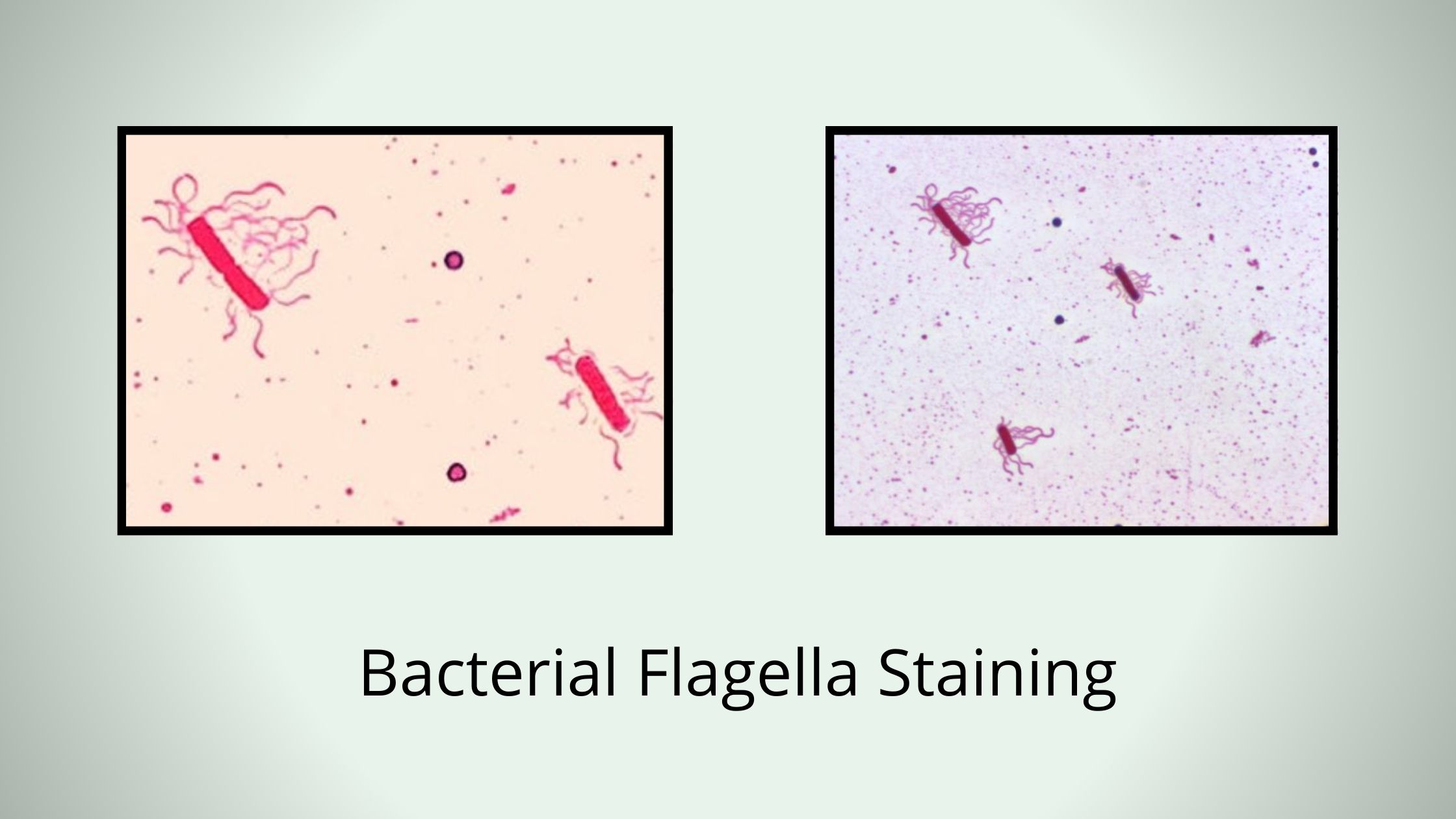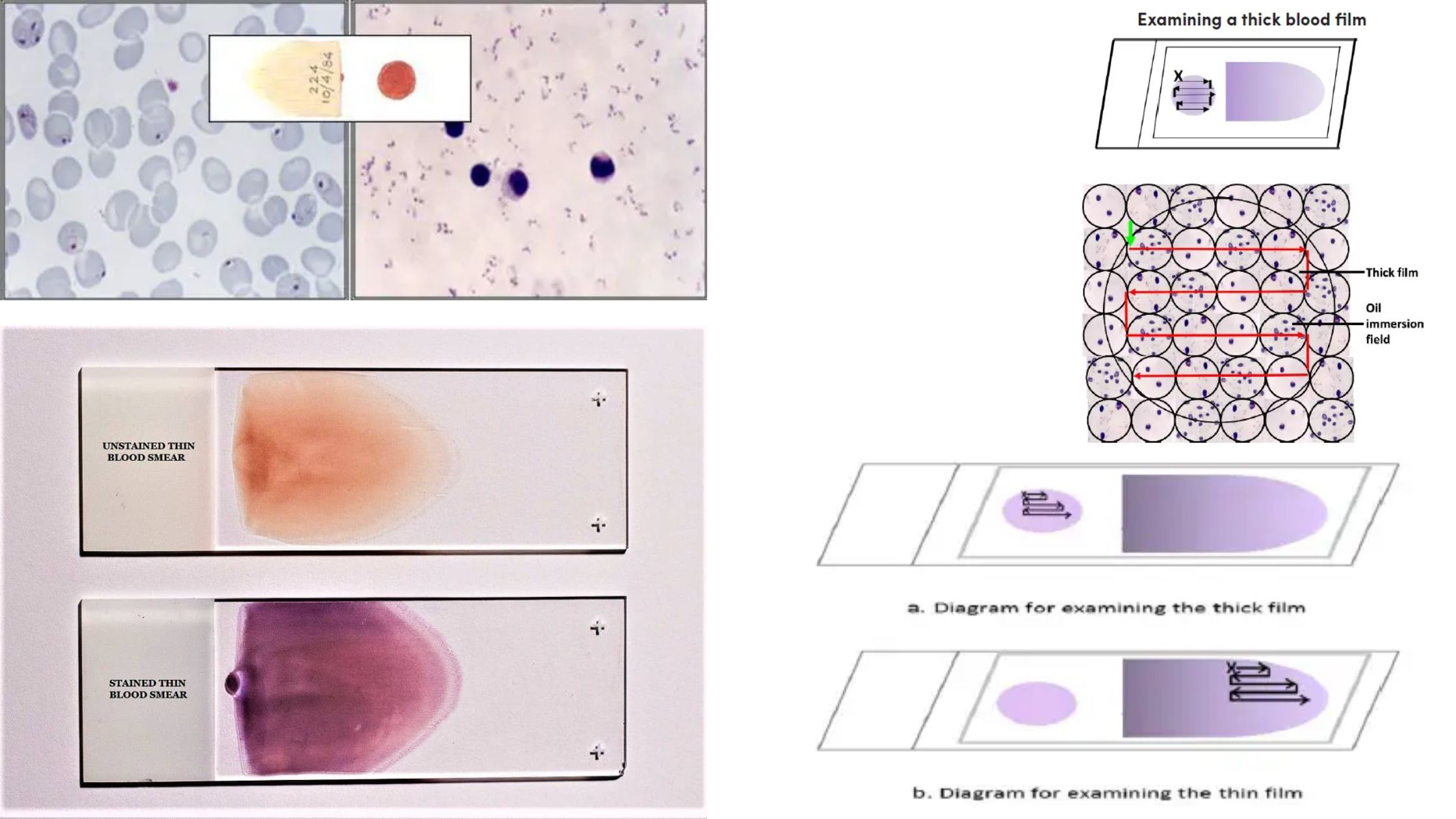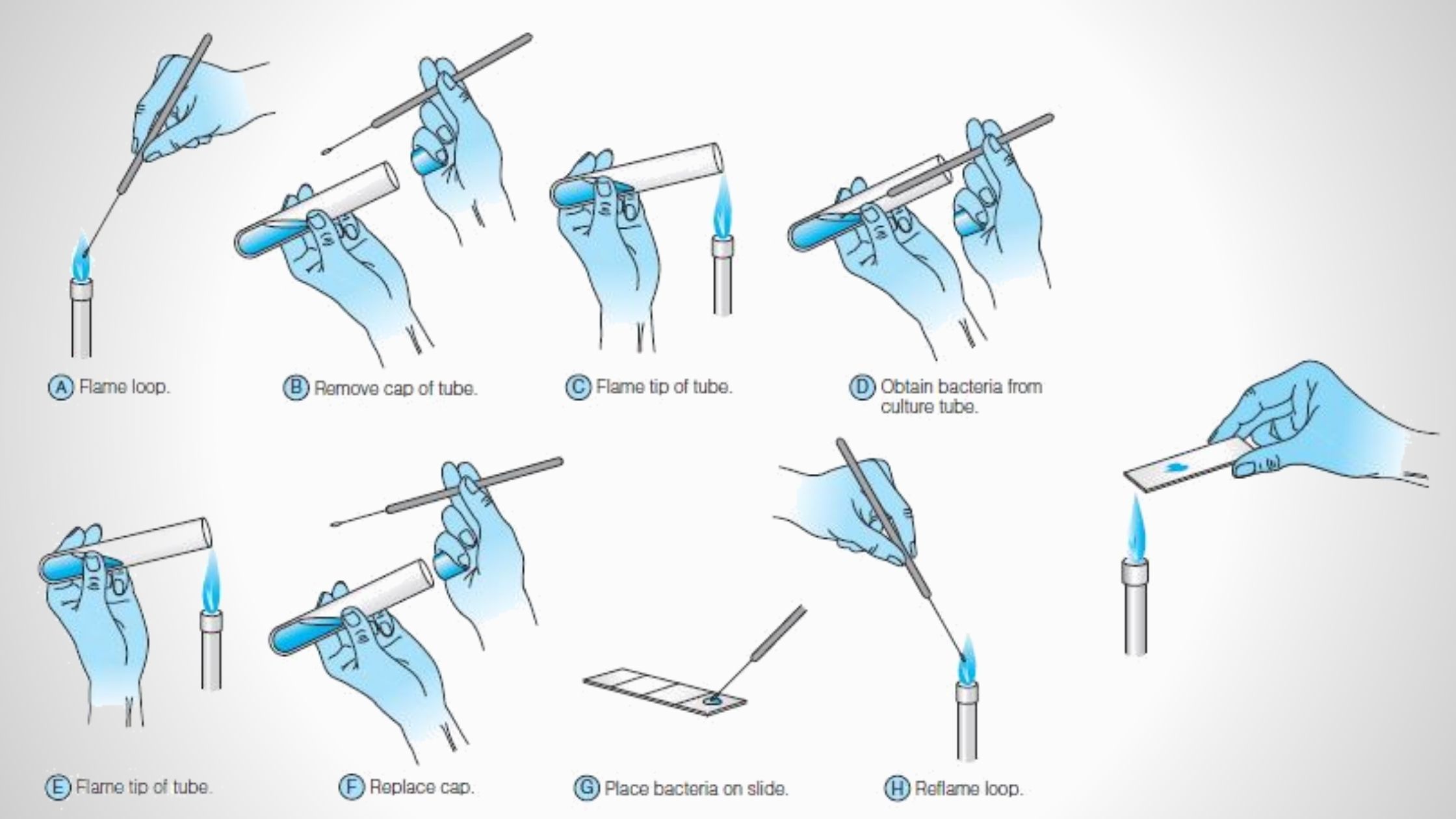Lactophenol Cotton Blue (LPCB) Staining – Principle, Procedure, Result.
Lactophenol Cotton Blue (LPCB) staining is the simple wet-mount method used for microscopic examination of fungi, and it is considered one of the common procedure in mycology. It is the process where fixation, staining, and preservation of fungal structures is achieved within a single reagent. The solution is prepared by phenol, lactic acid, glycerol and … Read more









